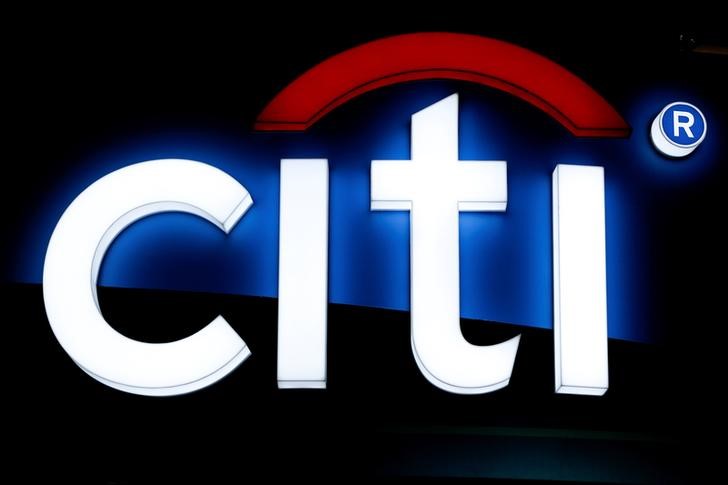This post was originally published on this site
https://i-invdn-com.investing.com/trkd-images/LYNXMPEJ18133_L.jpg
WASHINGTON (Reuters) – The U.S. Federal Reserve on Thursday released the hypothetical economic strains they will use to test the strength of big bank finances in its 2023 stress test, and floated the possibility of using multiple scenarios in the future.
In a statement, the Fed said this year’s test will include a new “exploratory market shock” for the eight largest banks, which will not affect their capital requirements but will further detail their resilience, as well as help the Fed decide whether it should pursue multiple test scenarios in future years.
The annual exam of bank health, in which the Fed sees how banks perform against a potential severe economic downturn, has become a critical event for large firms. How well they perform directly dictates how much capital they need to set aside as a cushion.
The 2023 version will include a severe recession with heightened stress in both commercial and residential real estate markets and corporate debt markets. Banks with large trading operations will also be tested against a global market shock, as the Fed has done in years prior.
But new this year is an extra market shock applied to the eight largest firms, including JPMorgan Chase (NYSE:JPM), Goldman Sachs (NYSE:GS), and Citigroup (NYSE:C). The Fed did not detail what that market shock would look like, but noted it would not contribute to a firm’s capital requirements.
Instead, the results of that test are meant to be educational, including helping the Fed determine whether it could bolster future tests by applying multiple scenarios to companies to capture a wider array of risks.
The 2023 test marks the first under Fed Vice Chair for Supervision Michael Barr, who had previously floated multiple scenarios as a way to better gauge such risks.

